
Did I consider myself savvy in the technological department? Was I destined to become an electrical engineer? Can I connect two wires without blowing up a building?
No.
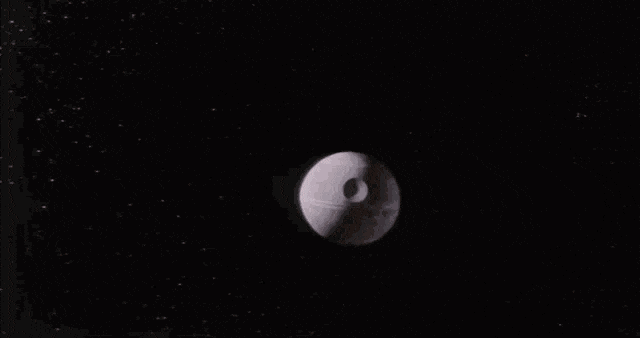
Hello there everyone and welcome to another blog post! Today I’ll be reflecting on our latest Scimatics project; Metaphor Machines.
Coming into this project, I didn’t know anything about circuits or ohms. Luckily, now I think I have a basic understanding of the topic. As someone who likes math (scandalous, am I right?), I’m happy to say that we were able to do some formulas.
Let’s get started!


As mentioned before, this project was all about the power of circuitry. I learned many things about parallel/series circuits. However, there’s another aspect of this project, which is quite interesting; Rube Goldberg machines.

The last time I made one of these contraptions was back in Grade 5 during our machinery unit. Since then, I’m certain I’ve improved my machine building skills! We also focused on using the “scientific method” for our lab reports.
Anyways, for this project, we were assigned to create a Rube Goldberg machine that incorporated circuits and was a metaphor for the scientific method.
Sounds tricky, right? Well, surprisingly it went easier than I thought it would!

Now that I’ve gotten that out of the way, I’ll start explaining my process through this cool project!

As with most Scimatics project, we started this one with another mindmap. If you haven’t been read my other blog posts (which I totally understand, not everyone is a master internet stalker like me…), a mindmap is basically where we get to plot out the information we knew about a topic. Typical me, who knew practically nothing about this topic, added a whole of lot questions and fancy pictures.
At the end of this project, we were able to revisit this mindmap and add to it. I attempted to answer some of my questions, and included a bunch of new terms that I learned (ohms, parallel, series, etc). Looking back, I think my knowledge on this topic has definitely improved!
Here’s my mindmap:

Anyways, for our entry event, we created our own Rube Goldburg machines (not including the circuitry, because we didn’t know much yet). This was just a fun activity where we took random junk and created something new. We were challenged to complete this small machine within the class time of the day.
In the end, I’m super happy with the machine we managed to create! I think our design was pretty cool, and I recycled some ideas for our final machine as well (the pendulum).
We also managed to record our machine so you can watch that here:
After that we started to build our knowledge and read some textbook pages. Although it’s not my preferred style of learning, I do like reading (fictional.) With our new knowledge, we put our skills to test and completed some workbook pages as per usual.
As I excitedly mentioned earlier, we encountered a new math formula. It’s called Ohm’s Law (V=IR).

(This was funnier in my head)
We even learned cool way to memorize it. I found this very helpful, since I consider myself to be a “visual learner”.


During this stage, we also saw static electricity in motion through a Vandegraff. It was really cool machine!

…Especially when I got to watch my classmates get shocked. As per usual, I’m a chicken and I didn’t dare approach the orb of static. Maybe next time…

Afterwards, we attempted some experiments. Of course, we used the scientific method and focused on keeping true to it. In these experiments, we had to prove the legibility (get it? Sorry, bad joke) of the scientific method.
(Insert lab reports here)
Anyways, I’m going to move on to the fun part. Before we started making our diagrams, we had to learn how to make scale diagrams. The Khan Academy questions were easy for the most part (however, the last lesson was annoying.) I was ready to start making the blueprint.
We made individual blueprints at first. I was determined to make mine neat and organized. However, if I were to do this again, I would try to be more ambitious with my design.


In the end, our group ended up merging all our designs together. I was in a small group with Fraser and Hannah! Go check out their blogs too!
Anyways, we used the funnel and pendulum in the final blueprint. Along the way, we ended it up changing it a bit, and scrapped the dominoes since they were hard to work with. We also changed some of the circuitry. In the end, our final blueprint looked like this:

With our blueprint and design ready, we were able to create our machine. It took a lot of trial and error (more than I originally thought). Even then, the chances of everything working in one shot were very low. It took so long to get the film for our video.
However, we did get to try out some fancy camera angles, which is always exciting. After taking a film camp over the break, I’ve found myself using many camera terms (like wide shot, close up, tracking shot, etc.)
Anyways, here’s our final machine:

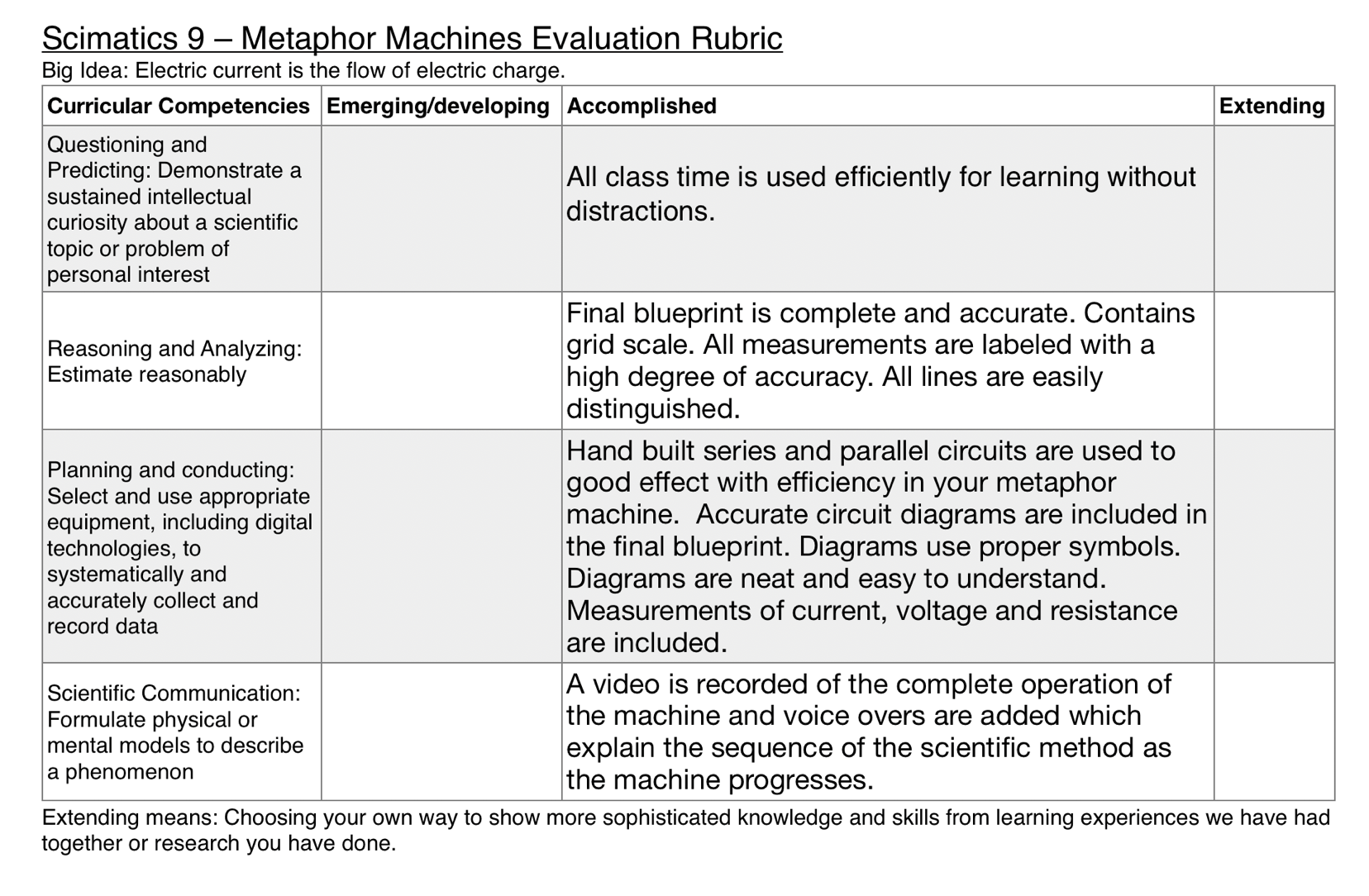
Questioning and Predicting:
Honestly, I don’t have much to say for this competency. I feel like I’ve achieved an accomplished level of understanding.

As I mentioned in my last Scimatics blog post, I believed that I was managing my time better. I feel that in this project, there wasn’t much room for procrastination. We did complete our machine a little later, but that was since one of our group members (who had the circuits) was absent a day.
If I were to improve, I often felt hesitant during this project. Whenever I glued something down, I worried that it wouldn’t work out. I guess I should have a little more faith in myself, right? Although I’ve definitely improved, I still believe that I could improve my confidence and procrastination.
Overall, I think I’m good in this competency!

Reasoning and Analyzing:
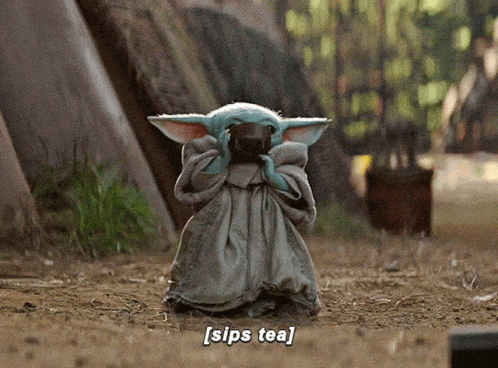
I feel we accomplished this competency. Although I wasn’t the one who drew it, I believe that our blueprint is neat and has distinguishable parts. It’s even colour coded with a legend at the top.
However, if I were to redo this project, I would try to be more involved with the making of our blueprint. Although I contributed the ideas for the pendulum and funnel, I still feel that I wasn’t able to collaborate my best work. Perhaps I’m overthinking it, but I believe I could have personally improved.

During a majority of this project, I was feeling burnout from DI and Chemistry Stories. I’m hoping to improve these skills in the future when I’m not as busy.
In the end, we accomplished what was necessary for this competency, and our product is pretty cool!
Planning and Conducting:
In the end, we accomplished this competency. However, we still have room for extension.
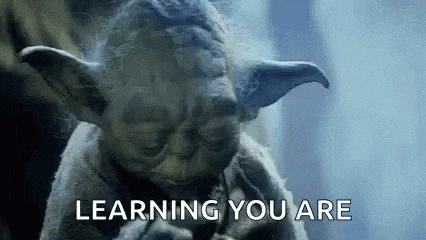
At first, we didn’t have the proper measurements for the circuitry, so we had to fix that. Even then, we only had series circuits; not a parallel one. When we started, I believe we had one. However, as the deadline approached I think weren’t able to add it. Although we were accomplished in this competency, I believe we could have easily improved it.
In our next project, I’ll be sure to check that I met all the criteria before finalizing the details. Overall, we included parts of this competency into our project, and I now understand the science behind circuitry!

Scientific Communication:

Oh no! 4 competencies? Anyways, in order to achieve this competency, we had to accurately describe our scientific processes. I believe we managed to do it.
When we finally finished our machine, we had to record it and add our metaphor for the scientific method. As I mentioned before, I really enjoyed this process, because I got to test out some funky camera angles. Although we did manage to film a wide shot of the whole machine at work, it did take awhile.
After we took the shots, we had to describe the scientific method in the video. During this, we spilt up the work. I wrote the script, but I feel that I rushed it. Although it probably isn’t noticeable in the video, I don’t believe it’s my best work. In the end, our video turned out amazing (thanks to Fraser’s magical editing powers.)
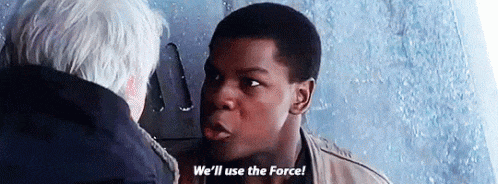
If I were to do this project again, I would have liked to contribute more to the video. However, I believe we’re accomplished and possibly extending in this competency.

How can we represent the “Scientific Method”?
What factors affect the function and efficiency of electric circuits?
This time around, we have two driving questions. Through the processes of this project, I think I can answer them.
In this project, we were able to represent the scientific method as a metaphor. We mostly used symbols to show this. However, in order to represent this, we had to learn what it meant in the first place. This project allowed us to fully use this method in real experiments. I believe that by understanding the subject, we were able to get a good understanding of the scientific method.

There are many factors that affect the function of circuits. I believe that by actually working with electricity and circuits, allowed us to gain a good understanding of them. Especially as a “visual learner” it helped to see the circuits in action. Through trial and error, the factors can include messing up the wires or having too much current with little resistance.
In conclusion, I believe I’ve learned a lot from this project! My bad circuitry won’t blow up buildings! Maybe… Anyways, that’s the end of this blog post. See you in the next project!


PSST!
Hello there…

Moonknight. It’s very cool. You should watch it.



Leave a Reply